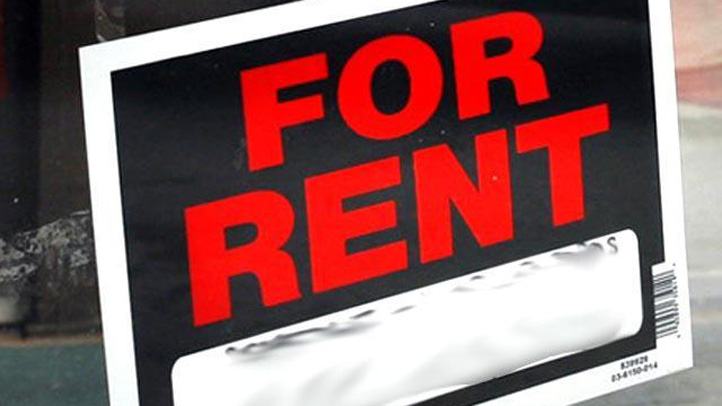A key test for the troubled fix of the Millennium Tower is set to start next week after an outside expert blessed a revised test plan in the face of concerns that the test itself could make the tilting and sinking even worse.
The tower is currently leaning 22.5 inches to the west, having leaned an additional five inches since work started on installation of new support piles in May. The original plan called for sinking 52 piles to bedrock to support the building along Fremont and Mission streets, but work was halted after the sudden settlement.
Under the revised plan, crews on Tuesday will start digging a three-foot wide, 100 foot-deep hole to install a steel-encased sleeve on the Fremont Street side of the structure. City officials have not authorized the second part of the test, however, which involves sinking a two-foot wide pile down through the already installed three-foot wide test casing to bedrock.
“Ultimately, we plan to use the data obtained from this pilot program to predict the amount of additional settlement likely to occur during construction completion, and to provide assurance that settlement will not exceed tolerable levels,” fix designer Ron Hamburger wrote in the test proposal approved by the city Friday.
Get a weekly recap of the latest San Francisco Bay Area housing news. Sign up for NBC Bay Area’s Housing Deconstructed newsletter.
Under the plan, construction crews are required to rely on more refined drilling methods that fix engineers hope will limit suspected causes of the recent ground settlement.
The drilling will be modified to limit ground vibrations suspected of contributing to the problem by causing ground settlement.
Separately, the plan is to better control how much soil is removed during the digging process. Engineers have estimated as much as a ton of soil was lost for each of the 33 casings installed so far. The soil that was lost in the process, geotechnical experts believe, had been bolstering the already sinking foundation.
Local
Since work installing piles on two sides of the building began in May, the tower has sunk an inch at the base and is now leaning five and half inches more to the west along Fremont Street.
In a letter to the building Homeowners Association approving the plan, Department of Building Inspection director Patrick O’Riordan said it was reviewed both by a city-appointed expert panel and outside drilling expert Dan Brown.
“Based on that review, we support Mr. Hamburger’s proposal to install one 36-inch casing,” O’Riordan said, with the understanding that the work will trigger “additional tilt well within the building’s present tolerance.”
Work must be halted, however, should the building settle more than 1/4 inch at the northwest corner.
That’s twice the current level estimated by the fix designer. That estimated 1/8th inch settlement would translate into about quarter of an inch of added tilt to the west, by Hamburger’s estimate.
The work will be monitored by a city engineer and building inspector, O’Riordan said in his letter authorizing the test program.
Once the casing is installed, O’Riordan said, the monitoring data will be used to “project the likely settlement through construction completion and assess potential impacts on safety and functionality.”
According to O’Riordan, Hamburger doesn’t “anticipate impacts on safety” and believes any problems with the plumbing or other life safety systems in the building can be overcome with “adjustments in piping and utilities.”
Once the first test is done, the second half of the test – which involves sinking the pile to bedrock as well as drilling a second casing – will be considered. Hamburger had previously estimated that installing one pile to bedrock would trigger at most another eighth of inch of settlement and another quarter inch of westward tilt.



